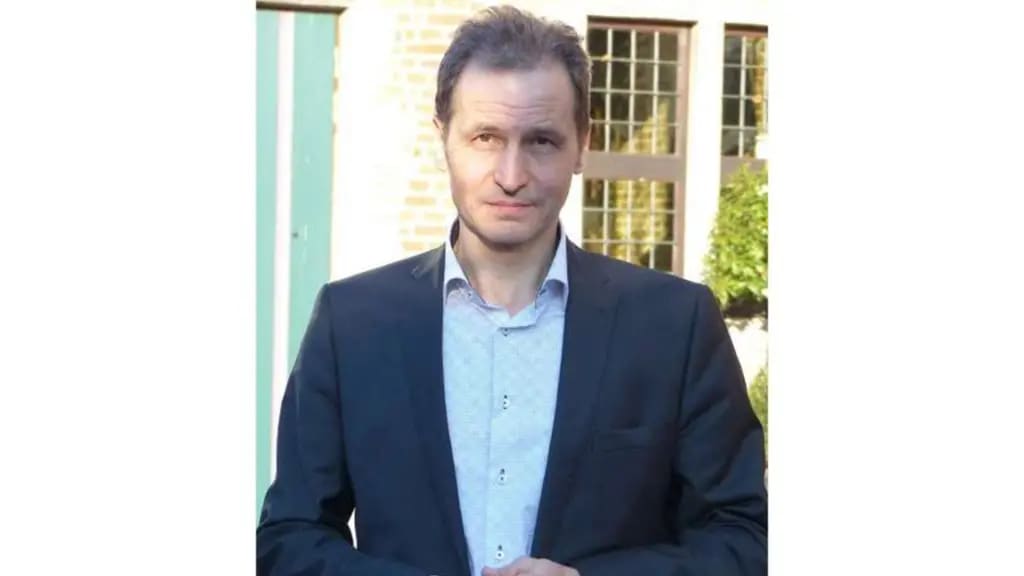KU Leuven Professor reflects on 20 years of collaboration with Bell Labs

Nokia Bell Labs and Belgium’s KU Leuven have collaborated on research projects for more than 20 years. This relationship has resulted in several technological breakthroughs such as dynamic spectrum management and crosstalk cancellation, which have enabled gigabit broadband access over legacy twisted copper telephony lines.
Led by Professor Marc Moonen, head of KU Leuven’s STADIUS Centre for Dynamical Systems, Signal Processing and Data Analytics, the team focuses on audio and speech communication and performs research in the areas of digital wireless and wireline communications. It involves a.o. algorithms that process data communication signals to improve the efficiency of existing broadband equipment.

We asked Professor Moonen for his thoughts on how KU Leuven’s collaboration with Nokia Bell Labs has shaped the research, the institution and the people involved.
Q: What was the first project you did with Nokia Bell Labs? Approximately how long ago was that?
Our first joint project started in 1997 and was focused on time-domain equalizer design in ADSL. The first project was something of a trial balloon. The company ('Alcatel-Bell' at that time) said, “Here's a problem. If you can find a good solution, then come back. If you cannot, then don’t come back.” It was fair and, as I did not have any DSL experience whatsoever at that time, I was eager to initiate a cooperation.
We have -- with the exception of one year -- had uninterrupted collaboration ever since. So, we are indeed celebrating 20 years of cooperation, which I believe is quite exceptional. This has been an extremely interesting and rewarding adventure for my co-workers and even more so for me.
Q: What was the driver for that collaboration and, given all the potential partners, why Nokia Bell Labs?
Over the years I have come to discover and admire this unique research environment. On the one hand, it is obviously product driven but, on the other hand, it has a very academic spirit, where academic research (and a PhD) is in everybody's blood. For example, journal paper writing and conference attendance are very much encouraged. I have often observed that my co-workers operating in the frame of our joint projects achieve a better academic output (e.g. a larger number of publications) compared to those operating in purely academic projects. In addition, next to publications, we have the opportunity to contribute to patent applications, to standardization activities, and so forth, making it much more tangible and rewarding.
Q: Has the relationship changed over the years? If so, how?
Despite the changes along the way where Alcatel-Bell became Alcatel-Lucent and then Nokia, I think I have seen more continuity than change. In terms of the people in the company supervising our projects, I have obviously seen many come and go. Many of them have moved up into higher management positions, where I often jest that I must be the only one who never gets a promotion.
Some of my own former PhD students or co-workers have left KU Leuven to join Bell Labs, and then have supervised our joint projects, roles reversed. It feels strange at first, but it creates an ideal context where the people in the company know exactly what they can and can’t expect from us, i.e. our strengths and weaknesses. Whenever a new project is defined now, the company prepares a list of topics where most are immediately spot-on from our perspective, with great academic challenges. Hence, there is often no need for negotiation or bargaining.
The fact that Nokia Bell Labs has so many talented and experienced researchers means it contributes to our PhD education as much as it benefits from it.
Q: In October 2018, Reuters named KU Leuven the most innovative university in Europe. How have you organized your collaboration model to realize such an impactful research track?
KU Leuven has a very professional tech transfer office -- envied by many, I believe -- that has succeeded in generating a unique and stimulating environment, fostering industrial cooperation (local/bilateral cooperation as well as cooperation in larger European consortia), patenting initiatives, spin-off initiatives, etc. For me, industrial cooperation in the past has comprised roughly a third of the activity ('turnover' in a sense). Being in an engineering department and faculty, this is a healthy balance. In the broader research division that I currently head, we again strike a healthy balance between colleagues doing mainly academic research, and colleagues that have strong industrial collaborations. It is crucial to have this diversity; inspiration and ideas flow in two ways. In addition, our division has initiated several successful spin-off companies that, all together, currently employ probably well over 200 people. Again, this is where our tech transfer office offers valuable support and coaching.
Q: How do you plan to keep the STADIUS center and its students at the forefront of technology given the ever-changing industrial landscape?
I am not sure there is a magic formula, but it seems our research division in the past has been investing in all the right basic research topics. We span a broad range of topics and application fields – signal processing in communications, speech and audio, biomedical data processing, bioinformatics, automation and control systems – but share and research a common mathematical foundation and toolkit. Though this may sound abstract, it has often proved to be an essential success factor in the past. For example, our research division invested early in neural networks and machine learning research, so now we have renowned experts that can significantly contribute to the current artificial intelligence revolution. We have managed to strike a good balance between basic and applied research and that is what we should continue to strive for.
